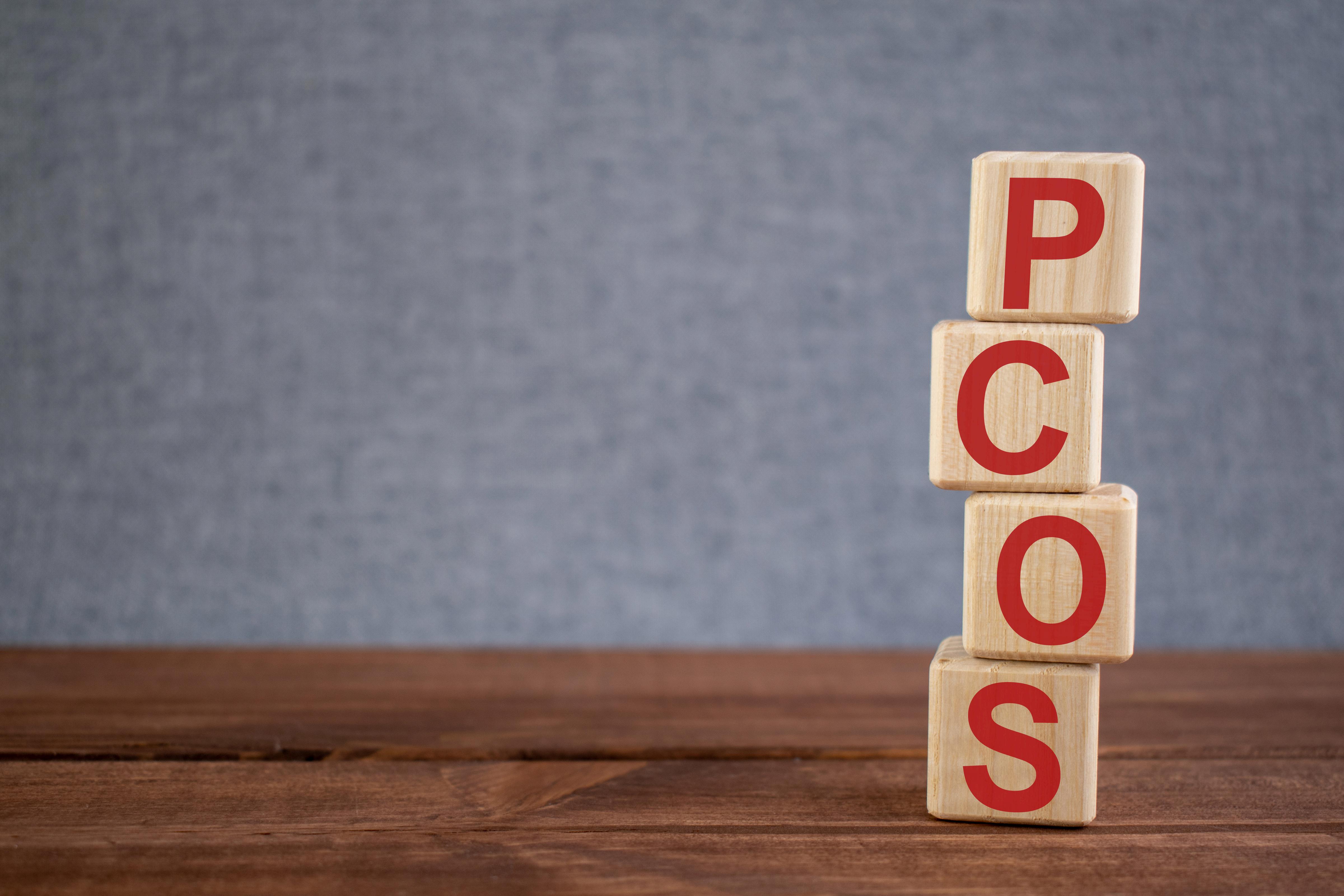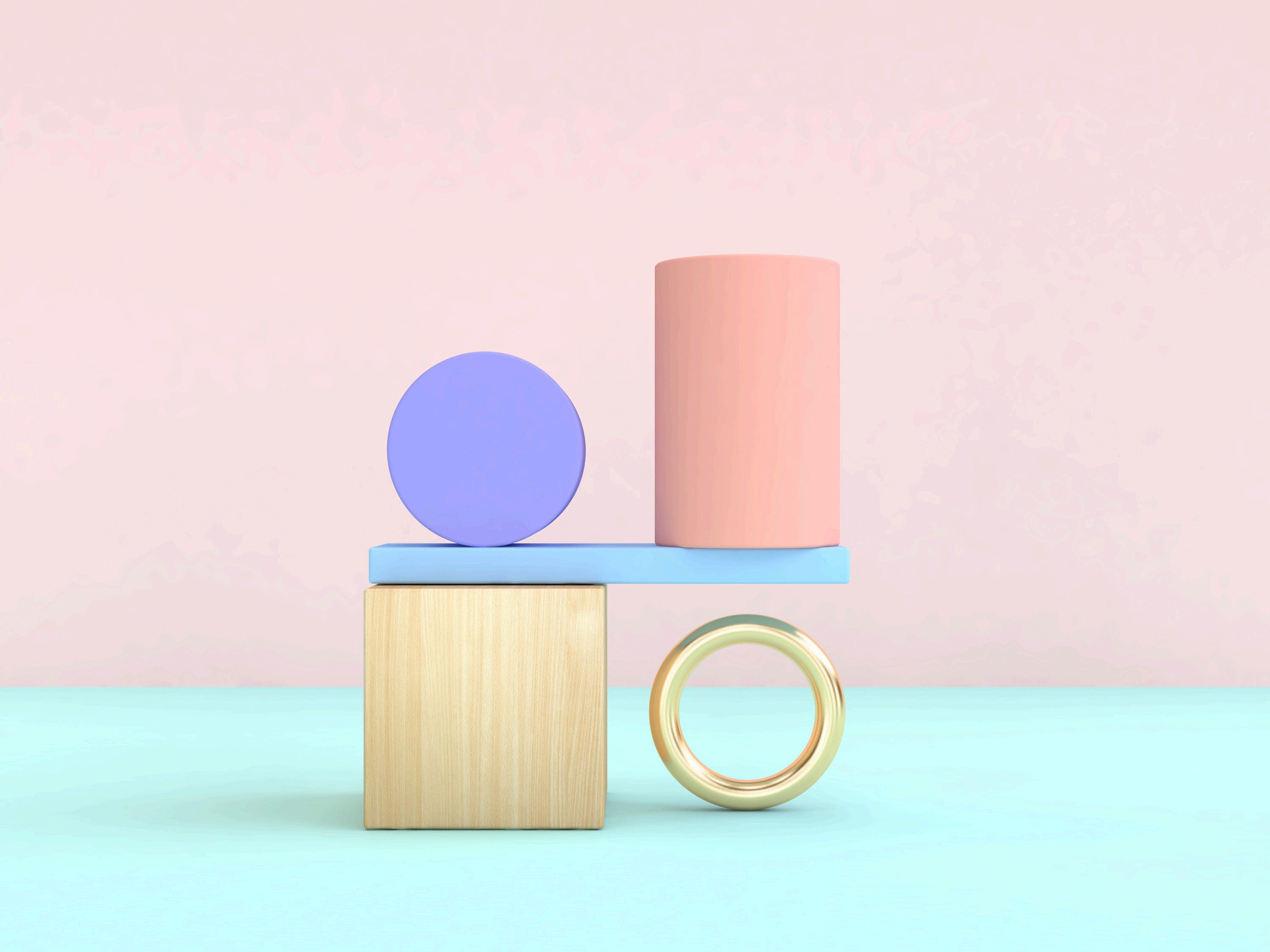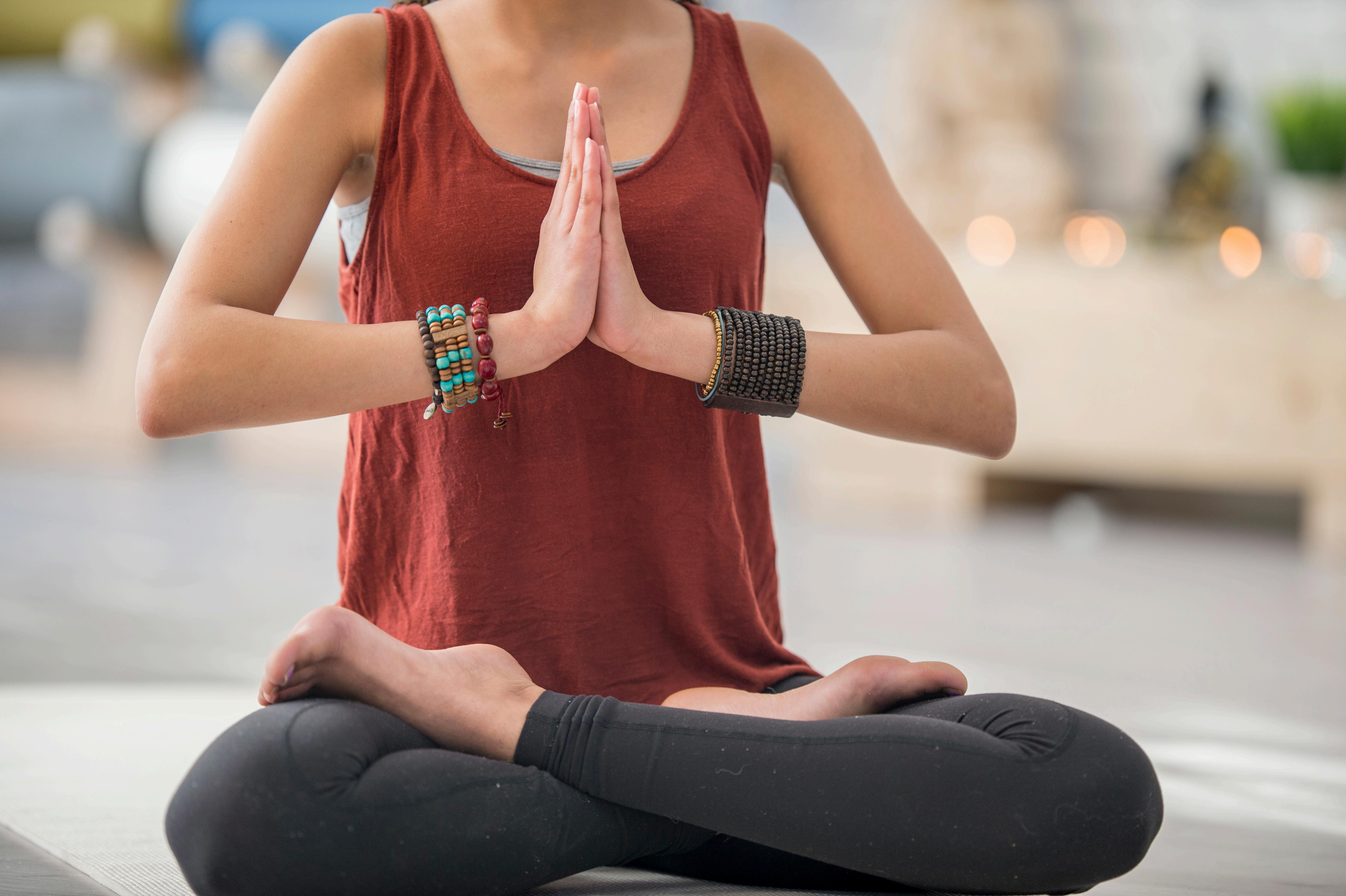Guide for Guide for Guide for HORMONAL BALANCE HORMONAL BALANCE HORMONAL BALANCE
FOR WOMEN FOR WOMEN FOR WOMEN






As women age, their hormones naturally change. Finding a good balance with your hormones as you go through various stages of life is best done in a preventative fashion, where you not only focus on a more active and healthy lifestyle but better dietary habits, sleep habits, and changes to what you put on your skin or take as a supplement.


Women go through 4 main stages in life during which hormones change significantly:
During puberty or adolescence, the hormones are raging so to speak changes in hormones can have emotional and physical impacts particularly when it comes to mood and mental health.
During puberty the majority of the hormonal changes happen in the brain in the body, activating things like the apocrine glands, growing hair, and starting menstruation.

From the late teens through the 40s, women are at their most reproductive and have significant changes in hormones that can affect mood, sexual appetite, sleep habits, and more.
During this stage, pregnancy can result in significant hormonal changes that impact the health of your hair, your nails, and your skin. While some of these changes are for the best because the massive increase in hormones the result of your pregnancy are beneficial, once you give birth, the massive decrease of the same hormones can feel detrimental and cause just as significant a change but in some cases, for the worst.


The biggest hormonal change that women have to contend with is menopause. Menopause happens around the age of 50 when the ovaries stop producing progesterone and estrogen. Oral estrogen pills can help alleviate the symptoms and topical creams can help as well.
Menopausal hormonal changes, unlike the hormonal changes brought about by pregnancy happened rather slowly. While it's often said that the happens at the age of 50, it doesn't happen immediately but rather, gradually takes place over what could very well be a decade. Hormone levels fluctuate more and more often as menopause takes hold.

During the post-climacteric or Elderly phase, women experience the end of their ovarian function and with this comes significant increase in the symptoms of aging which can result from decreased hormone production.



Hormonal imbalance can happen at any age for women and these imbalances can be triggered not just by your changes in age but by any medical conditions you might have, medications you might be taking, stress levels, or your environment.
So what happens when you have a hormonal imbalance?
You might experience symptoms like:
● excessive weight gain or weight loss
● general fatigue
● problems going to the bathroom
● decreased sex drive
● puffy or swollen skin especially around the face
● thinning hair
● heart rate problems
● vision problems
● muscle or joint stiffness or pain
For women, PCOS is a common hormonal imbalance.This type of hormonal imbalance can cause excess hair growth where you don't want it, weight gain, irregular menstruation, fatigue, or vaginal dryness.
The symptoms of a hormonal imbalance are going to be different in each person and the best thing you can do to help rectify this is to maintain a




There are many medications that might be taken at each of the stages to achieve a better hormonal balance, and some medications that are taken which naturally give you a change in your hormonal balance like birth control pills taken during sexual maturation or estrogen pills taken during menopause.
But the most important way to target these hormonal changes and find hormonal balance is to work on a healthy lifestyle that has regular physical activity, good sleep, stress reduction, and a good nutritional plan.

The term “diet” is a bit misleading here because a healthy diet is not a one-off sting, something you commit to for a few weeks and then forget about.
A better way to look at this is a Nutritional Lifestyle change because it's something you have to change for the rest of your life.
Hormonal balance is best achieved when you contain a diet full of antioxidants and vitamins as well as omega-3 fatty acids. You want to remove sugar.
Too much sugar can activate a process referred to as gycatin, which is premature aging. The sugar in your bloodstream attaches to proteins,


1. Firstly, you need proteins. Eggs are a great source of protein and they can lower levels of ghrelin and insulin both of which are hormones that affect your hunger. This means the more protein you eat, the longer you will feel full, and the fuller you will feel.You can also enjoy wild caught fish to get a healthy dose of omega-3 fatty acids and protein. Lean chicken, beef, and turkey are significantly better than fatty or cuts of meat because they give you a better balance of estrogen.

2. Secondly, you need healthy fats. Avocados help maintain progesterone and estrogen in your body. Flax seeds contain things like phytoestrogen, polyphenols, and lignans so they give you a better estrogen balance. Brazil nuts give you a high dose of selenium which can improve your thyroid function, the thyroid being in control of most of your hormonal production, mood, and weight.


3. Thirdly you need good vegetables. Vegetables for hormonal balance include things like broccoli, cauliflower, kale, and brussel sprouts which can maintain good estrogen production. Spinach is great because it has high levels of magnesium and helps your liver better metabolize estrogen. Bell peppers serve as a vital source of progesterone development and of course have the added benefit of antioxidants that keep your skin radiant.
4. Fourthly, you need good fruits, but not fruits with too much sugar because you want to maintain a good cortisol and estrogen level. Apples are great for increasing your progesterone levels and reducing your depression or anxiety. Blueberries help maintain production and balance of progesterone as well. Strawberries have phytoestrogens and a range of beneficial vitamins.
5. Fifthly, good clean grains can be very beneficial like quinoa which maintains good insulin levels, brown rice which can help balance your estrogen levels and Aid your liver in its metabolizing of hormones so that you maintain a proper balance. Oatmeal gives you a range of essential vitamins and keeps your body's insulin response on point.
6. Finally, herbs like garlic can regulate your hormone levels and increase your Phytoestrogen, tumeric can balance your hormones and remove free radicals, and cinnamon works well to increase your body's sensitivity to insulin and repair your body tissue.





Physical activity is critical for your endocrine health whether you have a hormonal imbalance or not. But the good news is, it's very helpful when it comes to balancing things like your thyroid hormones, your sex hormones, your insulin, and your cortisol.
Studies show that exercise can help you maintain good hormone balance, improve sleep, and improve your energy levels. Pilates and yoga can help regulate menopausal symptoms and Achieve better hormonal balance. Pilates is one of the few exercises that helps Target the pelvic area which is particularly beneficial for women who are in menopause.
Exercises like high intensity workouts and strength training can reduce risks associated with menopause like osteoporosis. High intensity exercises burn fat more effectively, increase human growth hormone which helps with metabolism and strength. It also improves insulin sensitivity It can help you manage things like heart disease or diabetes. Caution: Start slowly. If you over-exercise, it can increase your stress hormones-- Adrenaline and cortisol--which can increase your risk of


Managing your stress will go a long way toward managing fluctuations and imbalances in your hormones. This can be as simple as basic meditation.
Relaxation starts with physical relaxation, taking notice of your body. This can be done in as little as 3 minutes with what is called body scan meditation.
How often have you finished a phone call, a work task, an argument with family, or even something as simple as an errand only to find yourself relaxing the shoulders you didn’t know were hunched? Or relaxing the brow you didn’t know was furrowed? So often we hold tension in places we do not even realize, especially the head and neck. We hold tension in our jaw, clenching without realizing as we sit and work. We hold tension in our neck, our back, our bodies.
Holding all of this tension can cause physical ramifications like headaches, grinding of the teeth, wrinkles, and more. Holding tension often leads to chronic discomfort. We maintain physical positions or facial expressions that are painful and negative. That negativity manifests all day as we continue to knit our eyebrows together reading the news or clench our teeth trying to make a decision about food. Such negativity and chronic discomfort leaves us irritable.
In fact, studies indicate that non-depressed people who maintain slouched positions tend to have higher rates of negative emotions. So, take note during the day of how you are sitting at your desk, over your keyboard, or while on your mobile device. Take it upon yourself to start stretching and sitting up straight.
Of course, this is only the beginning. Physical relaxation means being cognizant of what is happening inside your body, identifying those areas where you are holding tension, and releasing that stress.

To do this, you can try a body scan technique. This body scan technique has been popularized by many mindfulness and meditation clinics around the world. Below is a quick, 3 minute body scan you can do at home regularly. However, UCLA provides a list of meditation you can do on your own, stream, or download, with varying lengths. UCSD also offers longer guided audio meditations for body scans, some up to 45 minutes. So as you improve in creating a habit of relaxation, try to schedule longer body scans, longer meditation, and reap the benefits.

This works best if you are sitting in a chair or laying down on the ground on your back, palms up.
● Start out by bringing attention to your body.
● Close your eyes.
● Notice your body, wherever you are seated or lying down.
● Feel the weight of your body, on the ground, on the chair.
● Take a few deep breaths,
● Feel the oxygen fill your lungs and travel down into diaphragm
● As you exhale, feel the air leaving your diaphragm, your lungs, being pushed out your entire body.
● Take a few more breaths and as you do, have a sense of your feet touching the chair or the ground.

● Notice the weight of your feet, the pressure, the heat.
● Take note of your legs, traveling upward from your toes, beyond the ankles.
● Notice the pressure, any lightness, pulsing, blood flowing.
● Bring your attention to your lower back, having contact with the chair or the ground.
● Notice the feeling of your back, and scan forward to your stomach area.
● If you feel tension in your stomach, exhale it out, allow your belly to be soft.
● Take a breath and notice your hands, feeling them at your sides.
● Are your hands tense? Are you holding a tight fist?
● Allow your hands to soften, feeling the negative energy and stress start to flow out of your fingertips, like small beads of water dripping off.
● Now, notice your arms, feel for any sensation in your arms like pressure, pulsing, the air as it touches your skin.
● Soften your shoulders.
● So often we hold tension in our shoulders without even knowing it. Feel your shoulders relax.
● Notice your neck, your throat and left them soften, relax.
● Soften your jaw. We often clamp down, tightening our jaw and holding tension without meaning to.
● Relax each of your facial muscles as you scan from your chin upward.
● Finally, take notice of your whole body, present in the moment.
● Take one more breath.
● Be aware of your body, scanning faster from the tips of your toes, upward to the top of your head.
● Take a breath.
● When you are ready, open your eyes.



Sleep is a crucial way to achieve better hormonal balance. Most people don't realize that sleep serves many important purposes, one of which is restoring certain hormones in your body.
Have you ever gotten a terrible night sleep and found that you were either not hungry at all the following day or ravenous?
The reason for this is that your body uses sleep as an opportunity to regulate the hormones that control your hunger. It also uses that time to clean out the toxins that build up in your brain throughout the day from things like stress or to clean out the toxins that have built up in your muscles and we ' re broken down because of exercise.
Getting the right level of sleep can go a long way toward maintaining good hormonal balance no matter what stage you are in.
Your nervous system has two states but need to remain in balance: 1 Th th ti t hi h i t t ll i t l h

The sympathetic nervous system controls everything in your core, not just your muscles in your brain but all of your important organs so the majority of your blood flows to the center of your body.
The parasympathetic system shifts the majority of the blood flow into your skin and improves circulation and oxygen flow in a phase when your cells are more relaxed and able to make their repairs. Receptors inside your blood vessels wake up when you go to sleep and do things like provide amino acid molecules necessary to create collagen and remove toxins.
If you don't get enough sleep and your body can't restore itself on a cellular level, it can't repair and restore collagen in the skin.
Overall, it's within your power to achieve hormonal balance no matter what stage of life you were in, and using preventative measures will prove most effective in doing so.

